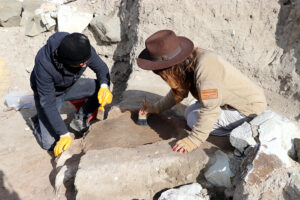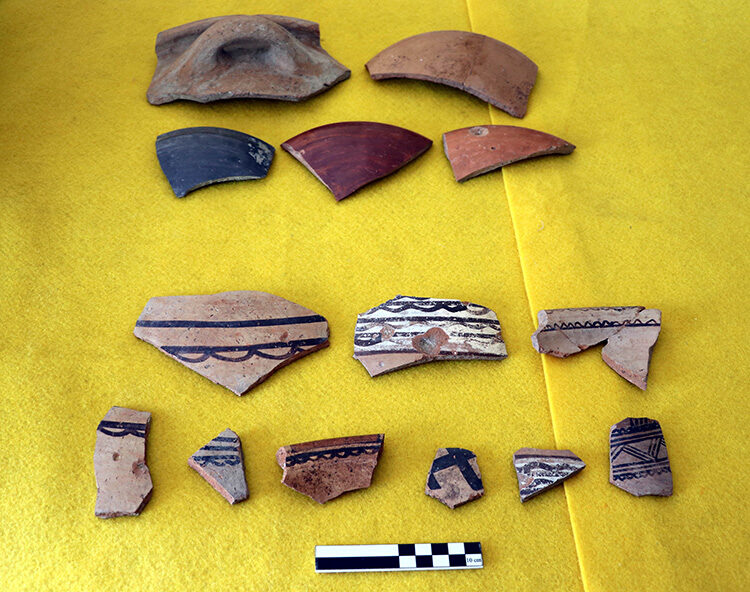(WNAM Monitoring): Archaeologists in northern Türkiye have unearthed structures and religious artifacts linked to the Medes, an ancient Iranian people, marking their first appearance in Anatolian archaeology.
Excavations were unearthed in the previous years at Oluz Hoyuk in Amasya province, where pottery fragments and ceramics were identified as belonging to the Medes. This year’s findings from the region revealed altars and architectural structures which were also determined to belong to the Medes.
The Medes were an ancient Iranian tribe from the Iron Age living between today’s western and northern Iran. They are credited for having laid the foundation of an Iranian empire. The Medes favored rich ornamentation and were influenced by Assyria in their artistic talents. Findings from the Medes are regarded as clues to their spiritual and economic life, as no written documentation from their era has survived.
“For the first time in Anatolian archaeology, we encountered religious findings and architectural remnants belonging to the Medes. During the expansion work of the Kubaba Altar towards the east, we came across exciting discoveries. When we understood that the newly identified ceramic type in Anatolia in 2022 was Mede pottery, we shaped the strategy for 2023.”


